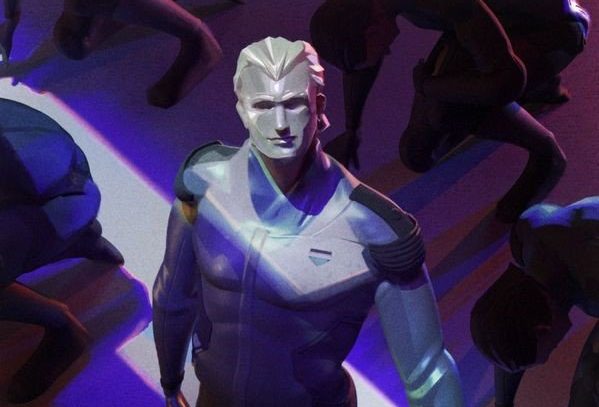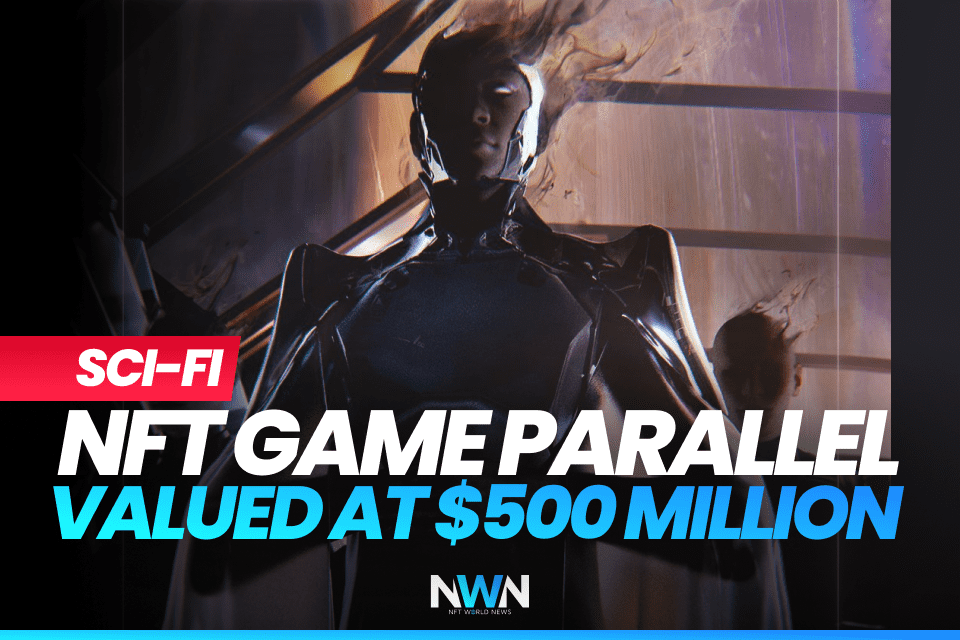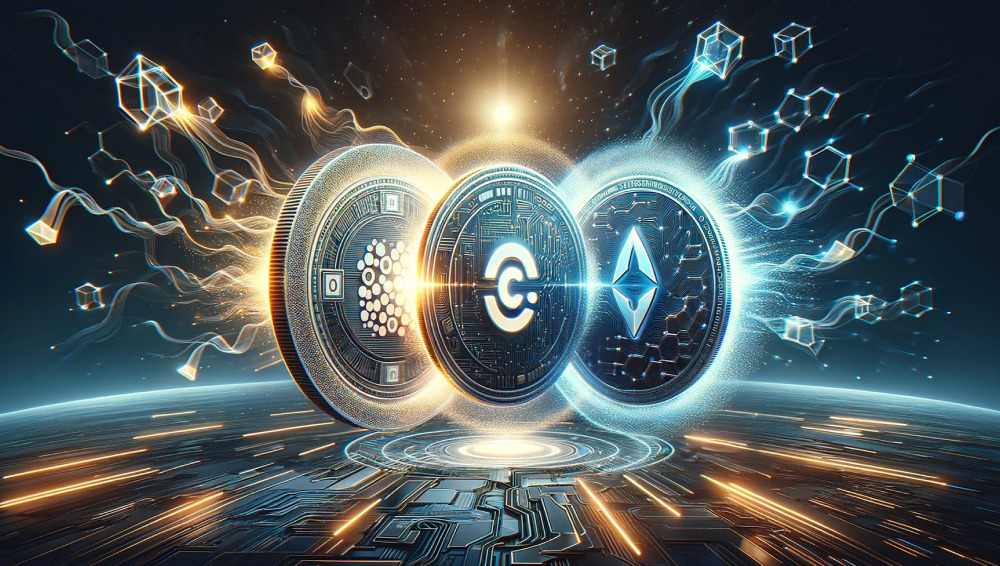Quick Summary
- Parallel, a sci-fi NFT game took off in 2021 with its unique art style focused on realism combined with sci-fi. VC firm Paradigm got interested when they saw a huge rise in usage and popularity of this game and invested $50 million, valuing the company at $500 million.
Crypto enthusiasts throw their money on almost anything that looks good or could potentially make them money. Parallel is a great example as its valuation skyrocketed pretty fast. Their platform had an astonishing volume of more than $100 million this year. So, what’s the deal here?
Parallel
Parallel is a sci-fi card game based on the Ethereum (ETH) blockchain. It went through a bigger rise than most crypto projects, and investors have noticed. The platform tells TechCrunch they’ve raised $50 million at a $500 million valuation from crypto VC firm Paradigm. Previous investors include YouTube co-founder Chad Hurley, Focus Labs, OSS Capital and Yunt Capital, etc.

“The best crypto games will be the ones that can go beyond first-party content and inspire a community of players and developers to build on the game itself. We were impressed by Parallel‘s unique approach and fervent early community, and excited to support them for their next stage of growth,” Paradigm co-founder Matt Huang said in an email.
Parallel is based around a fantasy storyline about humanity’s escape from space following an apocalyptic attempt to resolve a global energy crisis. Unlike some of the other highly valuable pixelated NFT projects, like CryptoPunks, Parallel’s art style is focused on realism — through a science fiction lens, of course.
The sci-fi NFT game took off in August after its first pack drop amid a massive surge in NFT speculations. According to crypto tracker CryptoSlam, nearly $105 million went through the platform in transaction volume. One of the titles “Masterpiece” cards sold for $1.1 million in ETH value. Although sales fell to just over $11 million in September, a huge month like that can do big things for the long-term value of an NFT project, as rarer purchases made during that time that are held onto long-term can establish steadier baseline price floors for new assets minted on-chain.
The game element of the project doesn’t actually exist yet, as the early funding has been used to build it out. Parallel takes a substantial 10% royalty on NFT sales, with half of that going toward in-game prize pools and the rest going to the company. That money can mean bigger revenues for the core platform down the line, but when the entry-point to a game swells to a few thousand dollars, the nature of the “game” becomes something different entirely.
Conclusion
Parallel proved that the NFT world is here to stay and the huge interest of people in this sphere. People like new stuff and that’s why Parallel took off so fast and easy. Its realism combined with sci-fi for the game made it really unique. Moreover, the concept of sharing half of their fee from NFT sales going to prize pools is what makes the NFT gaming industry so compelling and revolutionizing.
more to read
This is How Many Adults Trade Crypto in 2021
Kaby Arena Just Launched Open Beta
Sentiment: positive
sources: techcrunch
Rene Remsik
Disclaimer: This article is provided for informational purposes only. It is not offered or intended to be used as legal, tax, investment, financial, or other advice.
Disclaimer: This article is provided for informational purposes only. It is not offered or intended to be used as legal, tax, investment, financial, or other advice.





